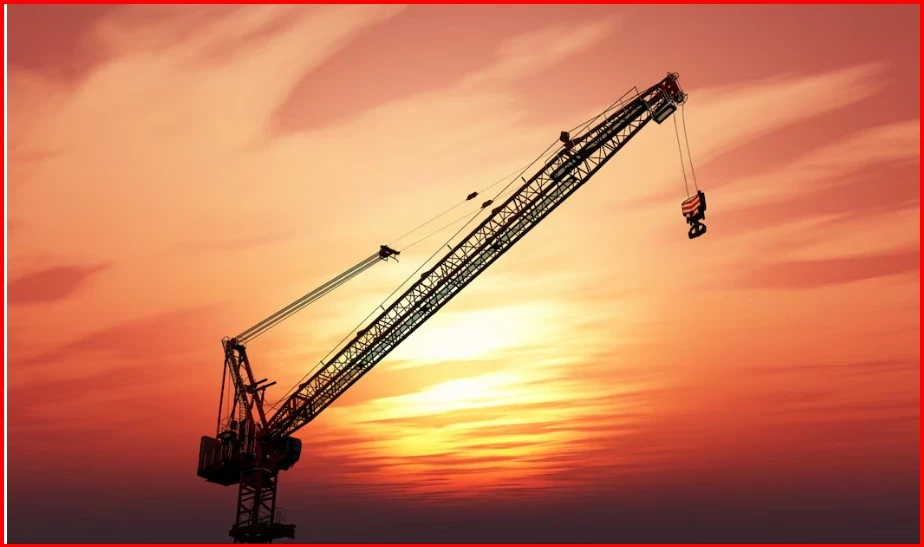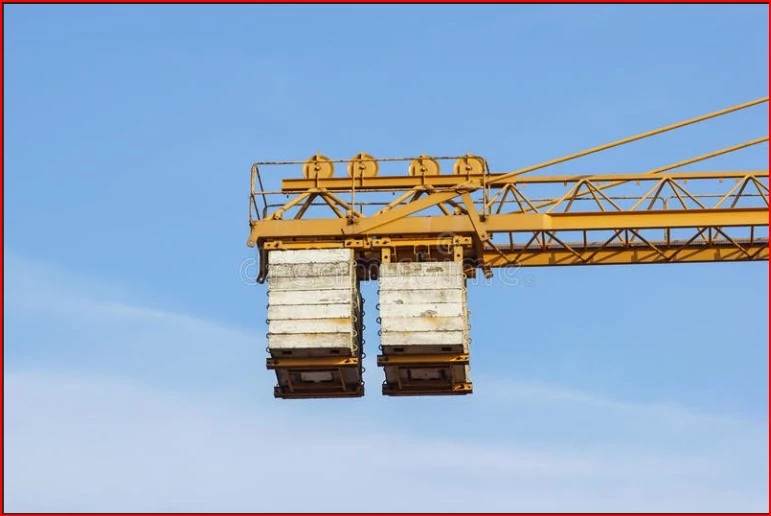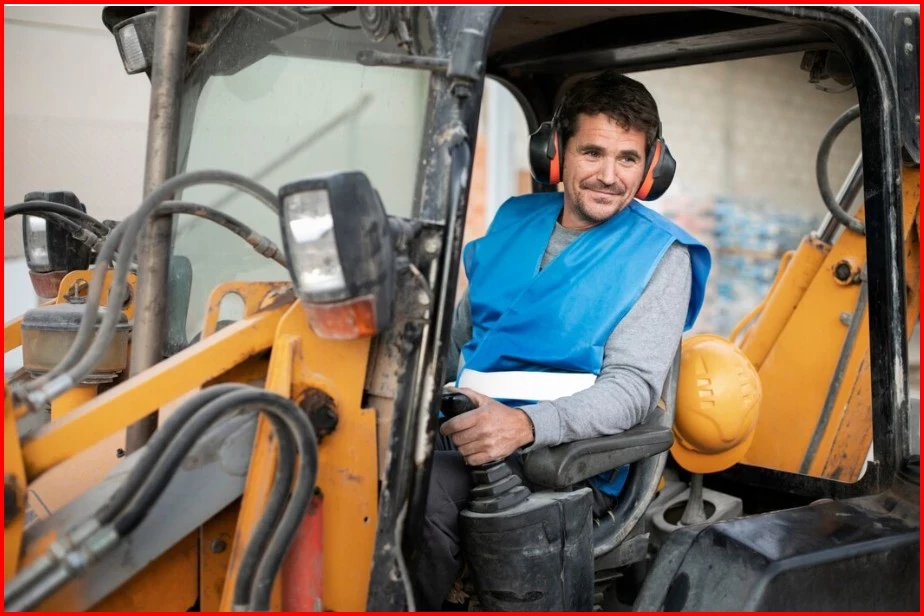
Mobile Cranes Vs Fixed Cranes: Comprehensive Analysis

Mobile Cranes Vs. Fixed Cranes: Comprehensive Analysis
The two types of cranes are used in construction, several industries as well as different other areas lifting and moving huge numbers of objects and cargoes. Such cranes always come in several sizes and shapes. Yet, they have two different categories, which it include the segment of mobile cranes and the zonure of fixed cranes. You can also comprehend the difference between two distinct types of equipment is great for some operations. Our blog covers several topics like destinations of fixed and mobile cranes as well as advantages and drawbacks.
What are Mobile Cranes?
Mobile cranes are hook-attached devices for lifting that are built on mobile chassis like trucks or crawlers, or rail contractors. Their distinct characteristic is their mobility since their operational means are flexible enough to be used in different contexts. However, get the best digital marketing services and learn more about it.
Uses of Mobile Cranes
Mobile cranes find their usage in construction areas, in manufacturing places and shipping companies.
-
Building Construction
-
Bridge construction
-
Ship loading and Ship unloading
-
Installing large equipment
Advantages of Mobile Cranes
-
Flexibility:
Mobile cranes are highly portable, which makes them suitable for use when a project or operation involves a large area or even multiple sites.
-
Quick Setup:
Evaluating these cranes with the fixed ones. It can be stated that the use of these cranes is faster, and it is less expensive to install them.
-
Versatility:
Specific kinds of mobile cranes can be found for virtually all forms of lifting jobs, irrespective of the terrain or even locality.
Disadvantages of Mobile Cranes
-
Stability Issues:
Mobile cranes are not that stable as other cranes; it is fixed cranes, mainly when a crane lifts properly several types of massive products.
-
Limited Lifting Capacity:
Although mobile cranes can indeed be used in any kind of terrain. They tend to have significantly lower lifting power than their fixed counterparts.
-
Transport Requirements:
For transport needs, such cranes are very heavy to relocate easily from one place to another. In several work site, you might need proper time and resource.
What are Fixed Cranes?
Fixed cranes also referred to as the stationary cranes, are those that are permanently mounted to a specific area of a facility or construction site. They are generally used in construction areas, Industrial plants and Shipyards where the operators carry out repetitive lifting operations.
Types of Fixed Cranes
-
Tower Cranes:
Tower cranes are used in the construction of very high buildings. Tower cranes have great structures with a long arm, that is horizontal. It is also called as the jib. These are fastened in the ground and mounted on the best parts of all the structures. You can also try scissor cranes. Also, grab a cup of tea and know how to take scissor lift on rent.
-
Gantry Cranes:
Like with overhead cranes, gantry cranes have legs which can travel on wheels or runners. They are usually found in marine industries like shipbuilding companies or large construction projects.
-
Jib Cranes:
These cranes have a horizontal boom mounted on a versatile column. It is for this reason that they are mostly preferred for lifting in restricted spaces like the workshops and the warehouses.
Uses of Fixed Cranes
These include the fixed cranes which are important when it comes to lifting bulky loads that need stability as well as accuracy. They are used in:
-
High-rise construction
-
The fabrication of goods and assembly line processes
-
Shipping yards
-
Large-scale industrial projects
Advantages of Fixed Cranes
-
High Stability:
Fixed cranes are more stationary and secure so they do not move around, which makes them suitable for lifting very large loads.
-
Greater Lifting Capacity:
Note that fixed cranes are built to be sturdier than the mobile cranes. They can handle a heck of a lot more load.
-
Precision and Efficiency:
The fixed cranes may be readily placed at certain locations where tasks are frequently performed, thus making it efficient in given tasks.
Disadvantages of Fixed Cranes
-
Lack of Mobility:
However, only fixed cranes can be installed, and unlike other types, they are immovable, which has its disadvantages.
-
Longer Setup Time:
Using a fixed crane can take considerable time and money and is typically most effective for long-term deployments.
-
High Initial Cost:
Fixed cranes are similarly expensive to install and also require an adequate infrastructure investment.
Mobile Cranes vs Fixed Cranes:
-
Mobility and Flexibility
Mobile cranes can get moved from one site to the other. Therefore, they are suitable for applications that involve the regular shifting around of the crane. It can be easily relocated from one site to the other; this helps to minimize time and cost. Crawler cranes, on the other hand, are crawler mounted and ideal especially for jobs that require most of the lifting in one area or location.
-
Lifting Capacity
The permanent cranes also prove to have a higher lifting capacity than the mobile cranes. This makes them ideal for use in cases where large loads are being lifted, such as when constructing tall structures like buildings and big installation industries. They also categorized mobile cranes as versatile but potentially problematic with heavy loads and muddy terrain due to stability concerns.
-
Setup and Cost
It is easier to have mobile cranes established than other types of cranes, which is ideal for short-term tasks. They also normally have relatively low initial expenses compared to fixed cranes. Nonetheless, fixed cranes are of high initial expense and take time to establish, and as a result, are more appropriate for long-term projects where they will offer the high lifting capacity and stability needed.
-
Applications
It remains to be noted that the decision about the use of mobile or fixed cranes mainly depends on the requirements of the given object. It shows that mobile cranes are most appropriate for construction works that may be spread across a large tract of land or at different locations. They are also ideal for industries that involve lifting and moving loads within the workplace most of the time. Specifically, fixed cranes are more appropriate in operations that require the exact moving and placing of extremely massive loads in a limited area for a long period, including tall buildings’ construction and industrial plants. So, do you think you should Replace or rent a crane?
Conclusion
The mobile cranes as well as the fixed cranes, are great in several ways. They have several types of strengths as well as weaknesses. Such cranes have the advantage of maneuverability, simple setup and used in several areas or ground. Also, you should know why hire trained and certified machine operators to drive cranes. Fixed cranes are more stable, can lift heavier loads, and are suitable for work environments that require regular and consistent lifting within a given area.


